What is dance? is a series of programme, launched in the Trafó on the 8th of April, broadcasting three documentaries on three important personalities of US-American postmodern dance. Merce Cunningham: A Lifetime of Dance was the first, followed by Making Dances: Seven Post-Modern Choreographers. The final film, Feelings are Facts: The Life of Yvonne Rainer is coming on the 22nd of April at 6 pm, for the very first time in Hungary. We asked organizer Gábor Pintér, leader of the Parallel Art Foundation, passionate advocate for Hungarian contemporary dance, about how it all began, what the conception of the series is, and how he sees the future of dance.
How and where did it all start for you?
In high school, one of my classmates directed Picasso’s Desire Caught by the Tail and I also played a role in it. Even if it was theatre instead of dance, it was a strong start for me. During and after college, my friends and I were already consciously looking for “good” performances and exhibitions, constantly checking the programme of some places like the Petőfi Csarnok, the Trafó, the Katona József Theatre, the Krétakör Theatre, the Yvette Bozsik Company. Then the icing on the cake was the free university of dance history by Lívia Fuchs in the Trafó.
As an organizer, your name is already well-known in the Hungarian dance scene. I’ve heard that you had an original profession that you left for the sake of the Trafó Café. Is that true?
Originally, I studied economics and started my career in the financial sector in a bank. Meanwhile I saw that there are job vacancies in the Trafó and sent them my CV, but I wasn’t a specialist and I had no professional experience, so they didn’t even invite me for an interview. However, once I spotted an advertisement for civil service at the Trafó, and as I was still about to do my then obligatory military service, I applied for this as well. It lasted for one and half years, I was distributing flyers, sending letters away, guarding the art gallery rooms. György Szabó, who was the director of Trafó in those days, show my enthusiasm and he also gave me some programmes to organize and undertake. I worked with groups like the Celluloid Workshop or the Literature Strikes Back, I organized events from Poem-Picture exhibition to Dance Photography Fair. I learned a lot and I loved the environment. Then, in 20000, Gergely Talló, leader of the Workshop Foundation offered me an assistant job on his side, and I was happy to take it. After six years of this, I became a freelancer, and then I ended up as leader of the Parallel Art Foundation.
Where did the idea come to broadcast documentaries on the most important people from the US-American postmodern dance in the form of the ‘What is dance?’ series?
I’ve been working with dance films since 2005. At the Workshop Foundation, I was an initiator of the EDIT Dance Film Festival and I became its curator and organizer. In 2017, already in the Parallel, I relaunched the programme as Serpentine Dance Film Festival as part of a more complex dance film project, and What is dance? is also a part of this. But there are a lot of other activities as well, like dance film broadcasting events in cooperation with foreign dance film festivals, or initiating and supporting the creation of new films. The festival itself focuses on short films whereas What is dance? gives space for longer documentaries, up to even 90 minutes, that can be combined with professional discussions. And why US-American postmodern dance? Maybe because this is most closely related with contemporary dance. There are a lot of parallels between revolutionary ideas of that age and dance interpretations of today, no matter that – if I count from the Judson Dance Theatre – already 60 years have passed. In addition, you can find the same intensive experimenting not only in dance but in almost every other forms of art that all influenced each other.
Who is the primary audience for the series? How much inspiration could Hungarian dancers, choreographers get from it?
For me, making contemporary dance more popular is a very important mission, and I’ve already organized, sometimes with others, programmes that were aimed for the broader audience. Just like the Dance Marathon, the Summer University, the Body Moving – Dance for Everybody! and the Dance Commando. The docu series, although it may appear as a professional programme, it is also for an audience who is generally interested in dance and especially in contemporary dance. These three films, broadcasted in Hungary for the first time, can profoundly change audience’s view on dance.
On the 8th of April, visitors of the Trafó could watch Merce Cunningham: A Lifetime of Dance. What made Merce Cunningham’s talent so special?
Merce Cunningham is between modern and postmodern. In 1939, he started his career in modern dance at Martha Graham’s company, and in 1953, he already founded his own company. Many of the later postmodern choreographers started here as members and students. Cunningham questioned classic ideas like the dancer’s and the audience’s role, the borders of the stage, the connection of movement and beauty. His concept, developed with composer John Cage, was radical: they said that music and dance can exist independently within one performance. They liberated dancers from following the rhythm, the tonality, or the structure of music; everything exists on its own in the same space and time. One of his biggest innovations was to include risk and hazard in the artistic process. He started to experiment with technology quite early, used computers, motion sensors, different methods of filmmaking and photography.
The series also shows how much modern dance has changed lately, thanks to important members of the US-American dance scene. Is it possible to predict changes of modern dance in the coming 10-20 years?
I think contemporary dance follows postmodern inventions, not to mention that performance art is also something that Merce Cunningham and his contemporaries have invented. Claiming that every kind of movement can be dance, and that technology can be used in a play, was already part of the postmodern. The context and the level of technological development has, however, changed since. It’s hard to predict what would come in 10-20 years. Now I feel a bit of an ‘overspeed’ and miss more refined, clear, sensitive performances from the scene that might come in the following years.
What do you think about the international perception of Hungarian contemporary dance?
Fortunately, more and more Hungarian productions go abroad, thanks to, among others, dunaPart by Trafó, the European Aerowaves network, the Tanzmesse in Düsseldorf, and the everlasting international networking of choreographers. Both artists and theatre support teams have worked a lot to raise foreign festivals’, theatres’ attention to events of the Hungarian dance scene. Most performances are in Europe, but some smaller productions and solos also happen in the USA, South America, Mexico and in the Far East.
How hard is to show and popularize modern dance among people who don’t know anything about it?
It’s a complex exercise, we have to work on it multiple ways. Even one thought or personal experience can be deciding. We have to show that dance is a form of movement and of art at the same time. Experiencing things on your own body leads to consciousness of body and soul. I sometimes say that a good dance course is also a therapy. We organized free summer dance courses called Body Moving – Dance for Everybody in the Gödör Klub between 2009 and 2014. We convinced shy people to join Horton, Limón or hip-hop classes. Then they came next weekend as well, and the week after. Some even joined the yearly course. And there are high school initiation programmes, open days at theatres and dance studios, and appearing in the social media. Many theatres and companies do these things already. I find important that all these events stay highly professional, as nothing is more damaging for us as professionals, and disincentive for the audience, than a bad example.
Interview: Zsolt Várkonyi
Translation: Zsófia Hacsek

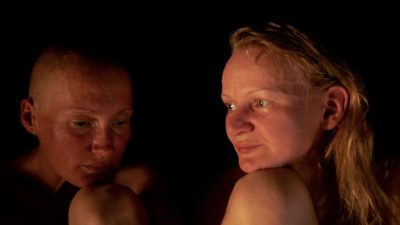
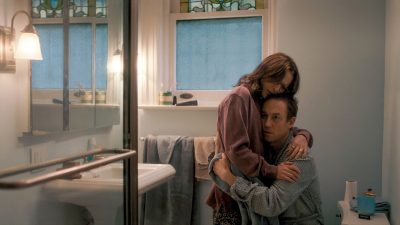
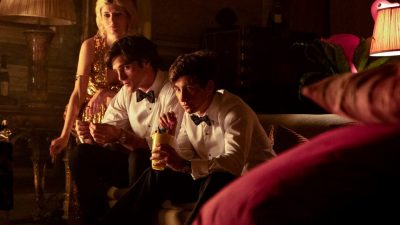
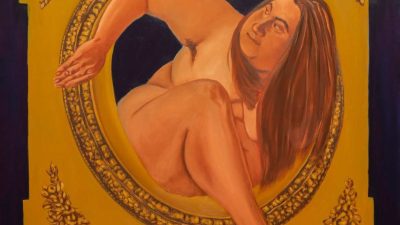
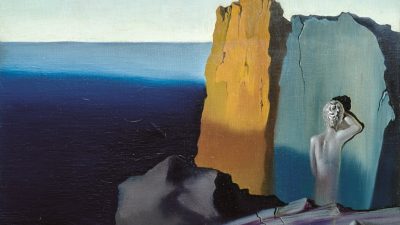



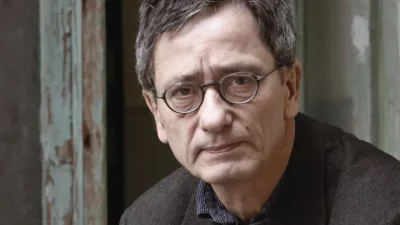



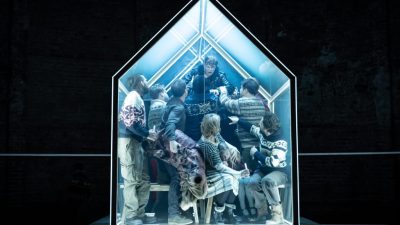






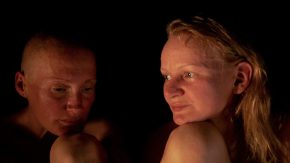
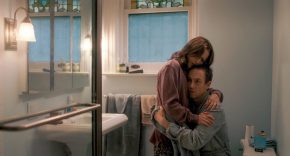

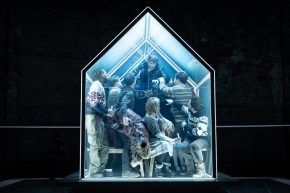


Comments